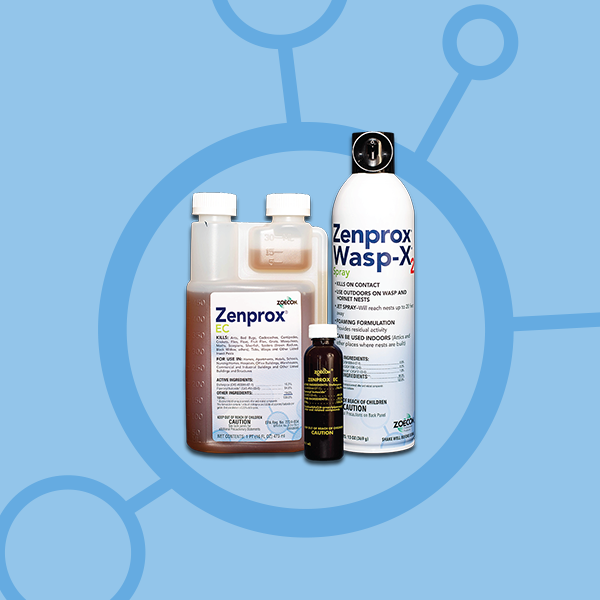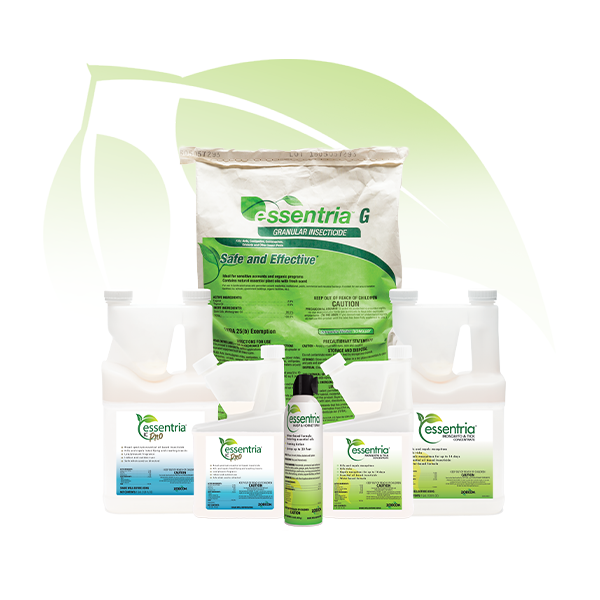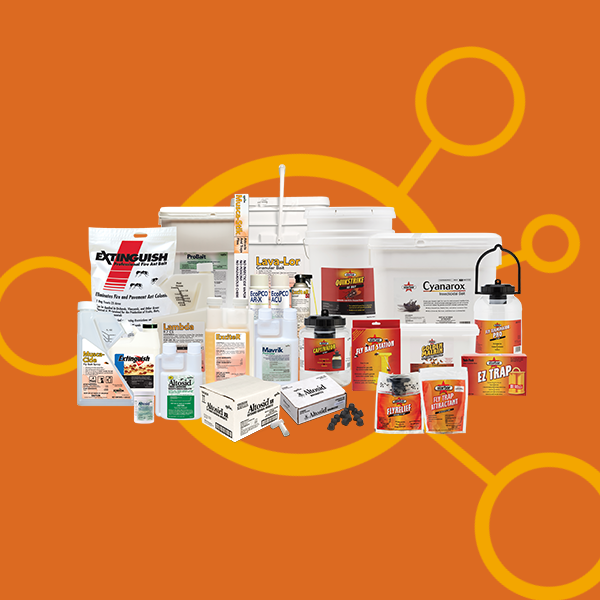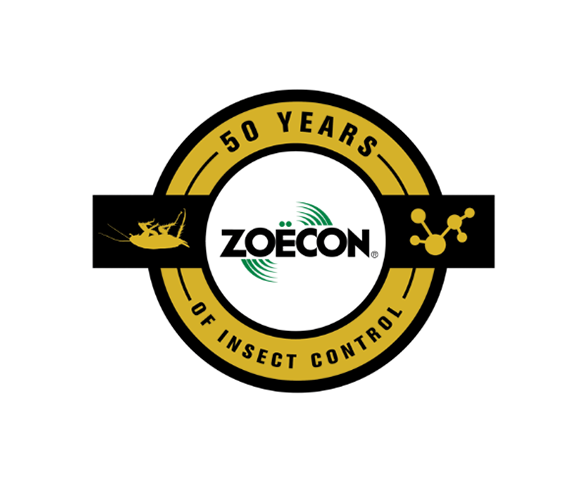THE DISCOVERIES THAT MADE HISTORY
(S)-Methoprene
(S)-Methoprene was developed to control insects by interfering with normal hormone levels at critical development periods, preventing growth and/or maturation. In some insects, it affects eggs or female fecundity.
IGRs
The development of IGRs meant that products could exist that didn't depend on direct toxicity or attacking an insect's central nervous system to be effective. IGRs offered PMPs an alternative with a soft environmental impact that ends infestations by controlling insects at the larval stage. IGRs can be used with insecticides for complete control and elimination of costly callbacks.
(S)-Hydroprene
Developed as a companion product to (S)-methoprene, (S)-hydroprene passed EPA registration requirements in 1983. Originally designed to fight cockroaches, this active ingredient has been proven effective on bed bugs as well as fruit and drain flies. (S)-hydroprene has the unique ability to translocate. It is heavier than air and will move on air currents to penetrate deep into pest harborage areas. Watch (S)-hydroprene in action.
1968
Zoëcon was founded by Dr. Carl Djerassi, where his team was able to commercially produce a group of molecules called insect growth regulators (IGRs) which revolutionized insect control by introducing a method that interferes with the development and reproduction of insects. Beginning with methoprene, and the later discovery of hydroprene and kinoprene, these compounds became the building blocks of the comprehensive Zoëcon® portfolio of insect control solutions.
1970
Zoëcon acquires Dallas-based Thuron Industries, an established player in the large animal and companion animal markets. The acquisition provided avenues to develop and produce new IGR products, including what would become the Precor® lineup of flea control products. The partnership also allowed Zoëcon to capitalize on its pheromone research, reformulating Thuron’s Golden Malrin® Fly Bait to include a pheromone attractant, one of the first such combination products released.
1979
Zoëcon receives approval for the first ever application of an IGR as a crop protectant, against cigarette beetles in stored tobacco— setting a precedent for this insect control technology to be used in new and diverse markets. This paved the way for the successful Diacon® IGR line of stored commodity protectants.
1983
Zoëcon is bought by Sandoz, Ltd., resulting in greater research funding and a substantial expansion of the Zoëcon research department. This helped lead to the development of the IGR hydroprene, a more effective solution to roach control that powers the current Gentrol® line of products.
1997
In completing the merger with Ciba-Geigy, Sandoz sold its animal health and professional pest control product business, including Zoëcon, to Central Garden & Pet. The division featuring insect control products was first renamed as Wellmark International.
2007
Central Garden and Pet acquires Farnam Products which led to the creation of a new division, Central Life Sciences. Zoëcon is one of the business units under Central Life Sciences dedicated to creating healthier environments by offering professionally applied solutions to control nuisance and disease-carrying insects.
2014
The acquisition of Envincio, manufacturers of the popular Essentria® and EcoPCO® products, added a robust lineup of natural and botanical insecticides and active ingredients to the Zoëcon® Professional Products portfolio, creating the industry’s most comprehensive line of insect control solutions.
ABOUT CENTRAL LIFE SCIENCES
A product of the discovery of the first insect growth regulator, (S)-methoprene, Central Life Sciences is committed to producing environmentally compatible insect control. Central Life Sciences manufactures and markets some of the most recognized professional and consumer brands in the veterinary, animal health, specialty pest control and public health/vector control markets. Central Life Sciences aims to enhance the quality of life of its consumers by improving the health and protection of companion animals, economic animals, plants, stored grains, and the environment.










